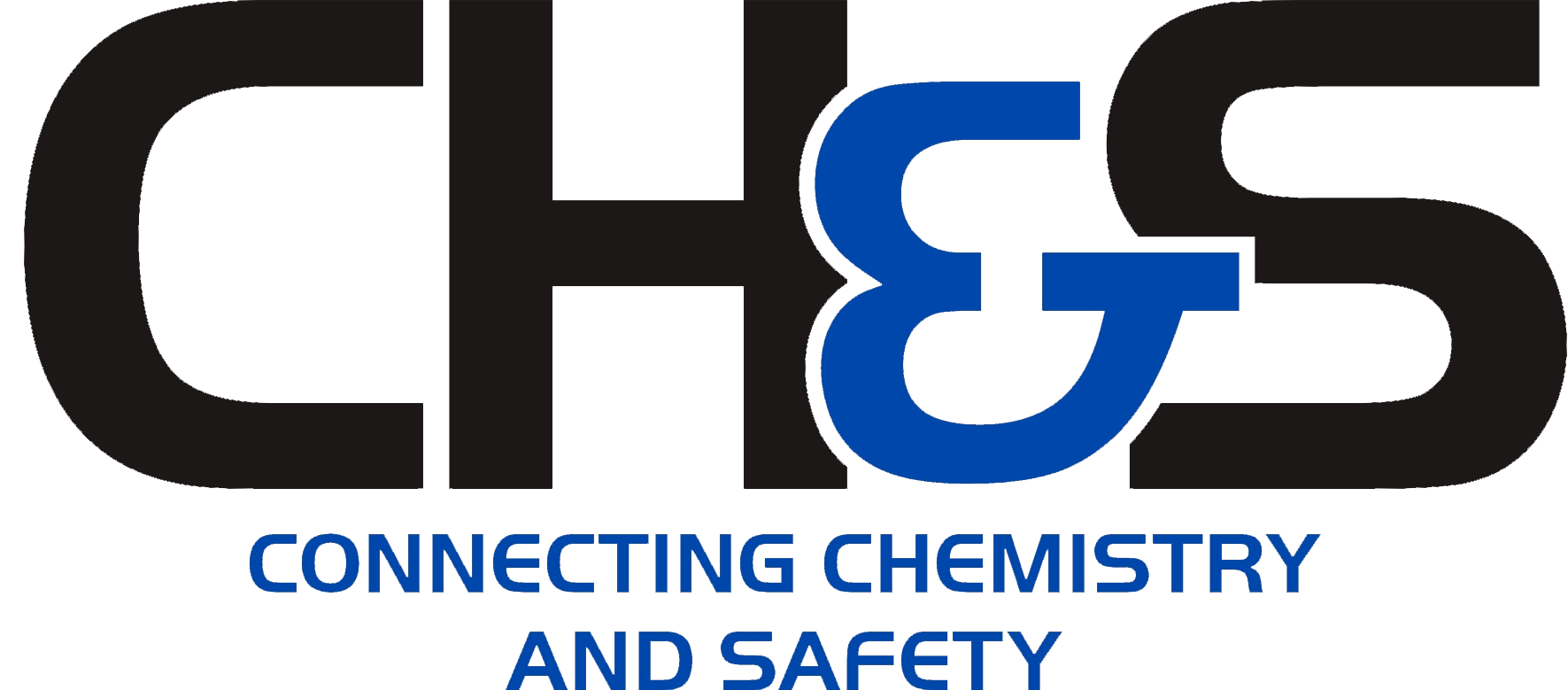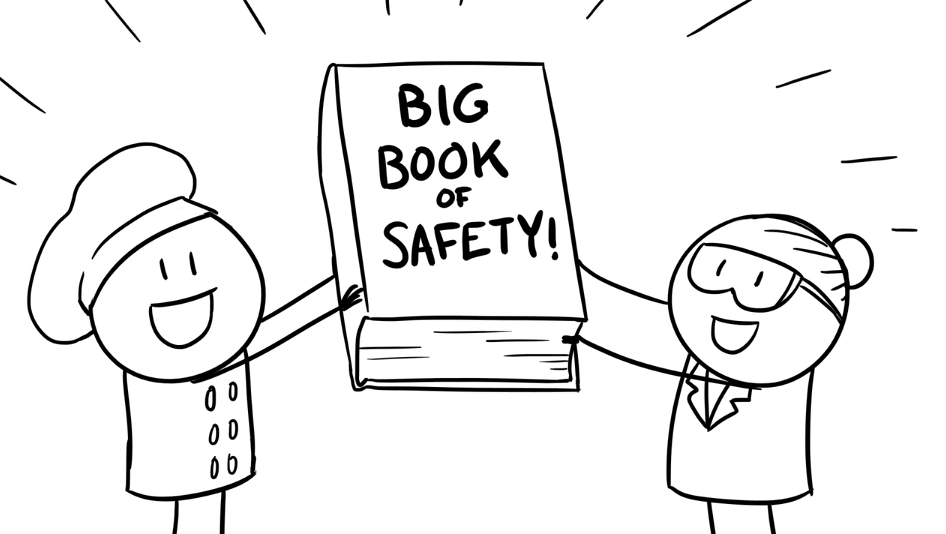On March 11, 2021, Leah McEwen, chemistry librarian at Cornell University and Ralph Stuart, Chemical Hygiene Officer at Keene State College led a discussion on “Quality Data for Safer Experiments”.
We will talk about about finding and assessing the quality and relevance of chemical safety information sources. We will also discuss supporting researchers and educators with the emerging publication requirements for safety information.
Three take-aways we see from this discussion are:
- Safety considerations are part of your experimental method.
- You need quality data for risk assessment.
- Safety precautions should be described in your publications, both research and educational.
Key Web Sites mentioned:
In the video:
- ACS Guidelines to Scholarly Communication Chapter on Communicating Safety Information
https://tinyurl.com/acs-safety-chapter - ACS CCS Resources Page
https://tinyurl.com/https://tinyurl.com/acs-safety-chapter - The Ever-Evolving CHAS References List
https://dchas.org/chas-information-sources/
In the discussion:
- PubChem LCSS overview: https://pubchemdocs.ncbi.nlm.nih.gov/lcss
- CAS Chemical Safety Library: https://safescience.cas.org/
- Stanford Lab Safety reference page: Provides chemical safety information resources and search strategies for students, faculty, and staff working in a lab: https://guides.library.stanford.edu/lab-safety
- Overview of FAIR data in Wikipedia: https://en.wikipedia.org/wiki/FAIR_data
Chat Comments during the discussion:
From Dave Finster: Love the video. A quick reference to PubChem in the video?
From Ralph Stuart: PubChem = National Library of Medicine
From Rob Toreki: I have an interesting insight about DMSO we did not know and only found out about AFTER the accident
From Rob Toreki: Exactly on stability decomp
From Samuella Sigmann: https://www.rxlist.com/dmso_dimethylsulfoxide/supplements.htm
From Ralph Stuart: DMSO is popular as a home remedy
From Ralph Stuart: https://www.thefrugallife.com/dmso.html
From Rob Toreki: Last I heard Brethericks is no longer being updated.
From Rob Toreki: They were searching for a new editor a couple years back
From Ralph Stuart: Yes, Brethericks is a historical document at this point with still useful information
From Rob Toreki: Agreed
From Neal Langerman: OPRD was the first ACS journal to require safety information along w/ a manuscript. The requirement preceded the ACS requirement and was used to develop the ACS requirement.
From Ralph Stuart: It occurs to me that DMSO is a good example of the impact of context on risk assessment. What level of students should be exposed to research? General chemistry, organic chemistry, research chemists?
From Ralph Stuart: In my remark, research = literature research. i.e. SDS vs LCSS vs process safety literature references
From Rob Toreki: Hah saw that firsthand 25 years ago now
From Rob Toreki: Took out the hotplate but nothing else in the hood luckily and blast shield was in place
From Grace Baysinger: https://safescience.cas.org/ – Pistoia Alliance Chemical Safety Library (CSL) which is hosted by CAS is a crowd-resourced tool for users to report hazardous reactions. Recent post: https://www.ccdc.cam.ac.uk/Community/blog/safety-and-community/
From Samuella Sigmann: Pubs has made the chapter freely available as a pdf
From Ralph Stuart: The URL to the chapter is http://pubsapp.acs.org/paragonplus/submission/ACS_Guide_to_Scholarly_Communication_1.3_Communicating_Safety_Information.pdf
From Neal Langerman: Ralph, Leah – the title of today includes the word “quality” In the context of the mass of information Leah just discussed, will you address “quality assessment”?
From Ralph Stuart: Thanks for the question Neal, that’s part of why we wanted to do today’s session – to start that discussion
From Samuella Sigmann: Still requires presenting data and information in the educational setting where you can teach this.
From Grace Baysinger: https://guides.library.stanford.edu/lab-safety – This is a guide that I’ve been working on for Stanford users. Contains a combination of licensed and free resources. I’m still working on the search strategy page. Tried to group resources using RAMP for part of this guide.
From a very minimal use of vivid color with respect to the acronyms – good reinforcer of what everything stands for
From Ralph Stuart: Color is coming to the video in the final version
From M Sabolefski: Please explain the FAIR acronym again
From Ralph Stuart: FAIR = FAIR data are data which meet principles of findability, accessibility, interoperability, and reusability
From Ralph Stuart: https://en.wikipedia.org/wiki/FAIR_data
From Rob Toreki: Question about data and provenance we can think about
From Rob Toreki: The purple book is the UN GHS model standard
From Rob Toreki: The GHS is only a model and implementation across the world varies significantly
From Ralph Stuart: GHS breaks Leah’s first rule of considering the situation first before gathering data
From Ralph Stuart: It is a hazard banding system rather than a risk or control banding system, although there are controls suggested in the system
From Samuella Sigmann: I would add the wayback machine for broken links.
From Ralph Stuart: Leah and Sammye are leading a 4 hour workshop on meeting the ACS safety publication requirement on April 2. See https://dchas.org/2021/01/22/spring-2021-professional-workshops/ for more information
From Neal Langerman: Leah and Ralph, – as always you are an amazing team. Thank you for this.
From M Sabolefski: thank you, this has been a worthwhile seminar/chat
From mwilhelm: This was so very helpful. Thank you for offering this topic.
From CJakober: Many thanks Leah, Ralph, et al!
From James Wright: Thanks Ralph and Leah!
From Pat Ceas: Great information, thank you!
From rossy: Thank you very much to Leah and Ralph
From Glenda Pons: Thank you!
From Marta Gmurczyk: Thank you. Great sessions.

